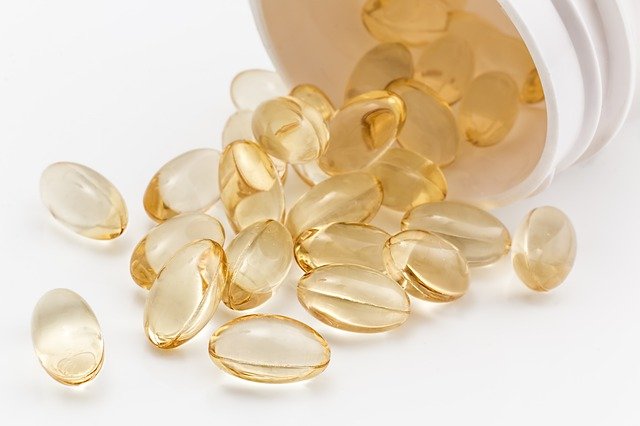Colorectal surgery often carries unnecessary fear and misunderstanding. Many people postpone treatment due to myths that cause anxiety and hesitation. However, modern procedures are far safer, faster, and more comfortable than ever before. Whether you’re exploring preventive care or considering treatment, learning the facts is essential. For individuals preparing for a colonoscopy, accurate information can make the process smoother and help reduce anxiety surrounding diagnosis or surgical intervention. Understanding the truth about colorectal surgery empowers patients to make confident, informed choices about their digestive health. Below, we break down common misconceptions about colorectal surgery and replace them with factual insights that promote clarity, confidence, and comfort.
Colorectal Surgery Is Always Painful and Risky
Many believe colorectal surgery automatically involves severe pain and high risk, but that idea belongs to the past. Today’s surgeons use advanced laparoscopic and robotic-assisted techniques that minimize incisions, shorten recovery, and reduce discomfort significantly. These technologies allow surgeons to operate with great precision while preserving surrounding tissues. Anesthesia has also advanced remarkably, providing smooth sedation and improved post-surgery comfort. Most patients describe the experience as far less painful than expected, often returning home the same or next day for minor procedures. The combination of medical innovation and careful patient monitoring ensures both safety and comfort are maintained at all times.
Surgery Is Only for Cancer Cases

Another widespread misconception is that colorectal surgery is exclusively performed for cancer treatment. In truth, colorectal surgeons treat a broad range of conditions, including diverticulitis, inflammatory bowel disease (IBD), polyps, rectal prolapse, and severe hemorrhoids. Some surgeries are even preventive, removing precancerous growths before they pose any danger. Others focus on restoring normal bowel function or addressing chronic pain. By viewing colorectal surgery as part of comprehensive digestive care, patients can understand that it is not always a last resort—it’s often a step toward restoring long-term wellness.
Colorectal Surgery Always Leads to a Stoma (Colostomy Bag)
Perhaps the most persistent myth is that all colorectal surgeries result in a permanent stoma—a bag used to collect waste. In reality, this is required in only a small percentage of cases, often temporary, to allow the bowel to heal properly before reconnection. Surgeons today strive to preserve natural bowel function whenever possible. Even when a stoma is necessary, many patients find that modern stoma appliances are discreet, comfortable, and allow them to continue daily life with confidence. Education and support from colorectal care teams also help patients adjust smoothly to any short-term changes.
Recovery Takes Months of Bed Rest

One of the main fears patients express is that surgery will confine them to bed for months. However, with minimally invasive methods, most recoveries are faster than many expect. Patients often begin walking within 24 hours and resume normal activities in a matter of days, depending on the complexity of their procedure. Early movement and guided rehabilitation have proven to speed up healing while preventing complications like infection or blood clots. Surgeons now focus on enhancing recovery through personalized care plans, pain management strategies, and post-surgery nutrition guidance. These combined approaches make lengthy downtime the exception rather than the rule.
Only Older Adults Need Colorectal Surgery
Colorectal conditions can affect individuals at any age. While risk does increase with age, younger adults are also susceptible—especially with factors like family history, poor diet, sedentary habits, or chronic digestive issues. Waiting until older age to consider screening or treatment can be dangerous. Surgeons increasingly emphasize the importance of early evaluation and lifestyle awareness. Regular checkups and screenings allow detection of issues before they become serious, potentially avoiding surgery altogether. Addressing symptoms early leads to more manageable treatments and greatly improved outcomes.
Colorectal surgery has evolved into an exact and patient-friendly practice driven by technological and medical progress. The outdated assumptions of pain, long recovery, and unavoidable complications no longer reflect reality. Today’s treatments focus on safety, efficiency, and comfort, giving patients reassurance through every stage of care. Understanding the truth behind these misconceptions helps people approach colorectal health with confidence—making early consultation and timely intervention the smartest choices for long-term wellness.…







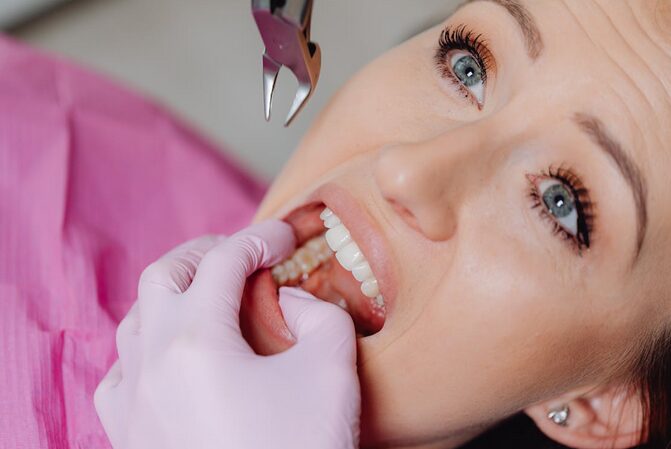
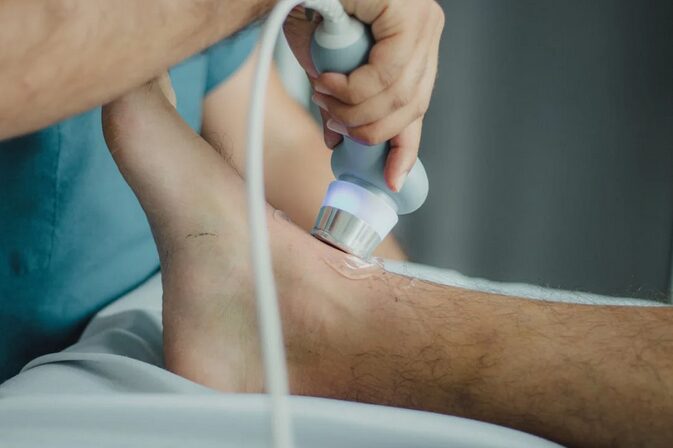










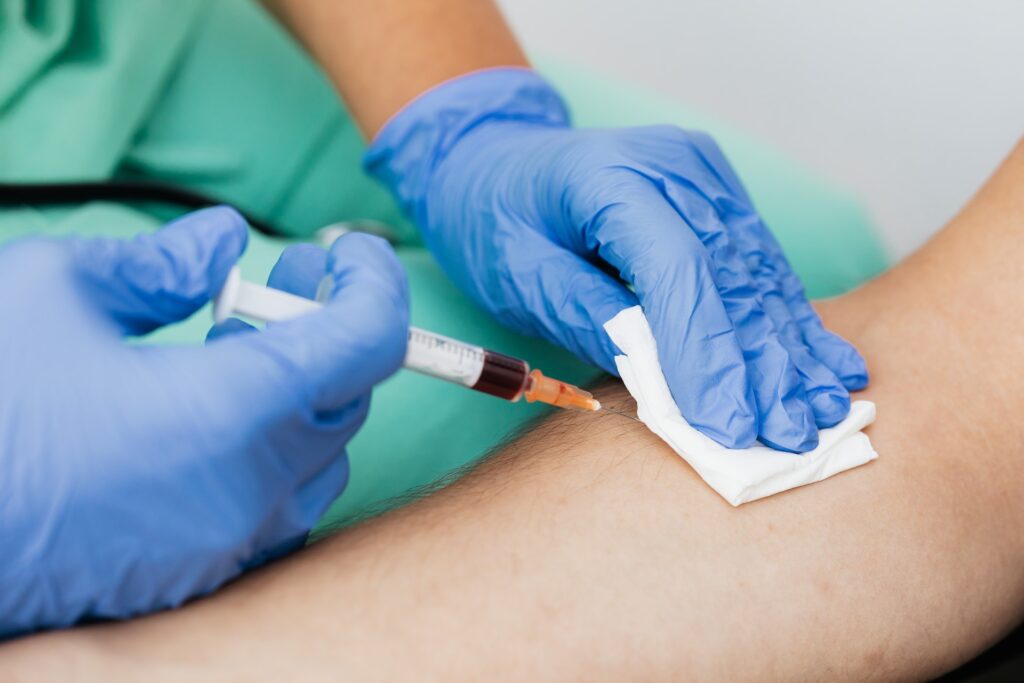
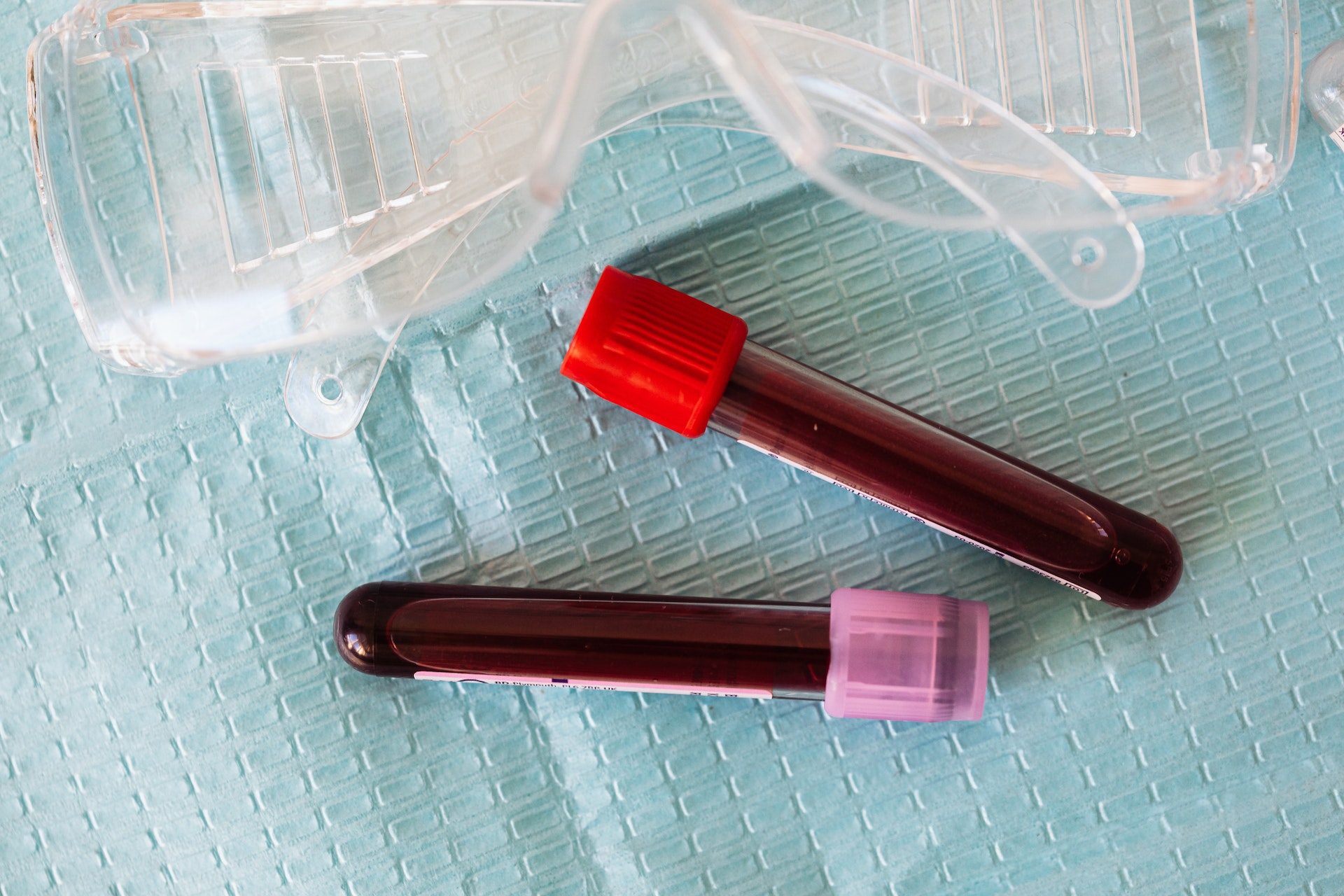



 What exactly does that mean? Essentially, you want to ensure that the CBD in your gummies has been sourced from high-quality hemp plants that have been grown and harvested responsibly. You can confirm this by looking for products made with organically grown hemp. This means that the plants were cultivated without pesticides or other harmful chemicals, which can not only harm the environment but also impact the overall quality of the final product. Furthermore, you’ll want to check whether or not the manufacturer uses a method known as CO2 extraction. This process involves using pressurized carbon dioxide gas to extract pure CBD oil from hemp plants, resulting in a cleaner and more concentrated form of cannabidiol.
What exactly does that mean? Essentially, you want to ensure that the CBD in your gummies has been sourced from high-quality hemp plants that have been grown and harvested responsibly. You can confirm this by looking for products made with organically grown hemp. This means that the plants were cultivated without pesticides or other harmful chemicals, which can not only harm the environment but also impact the overall quality of the final product. Furthermore, you’ll want to check whether or not the manufacturer uses a method known as CO2 extraction. This process involves using pressurized carbon dioxide gas to extract pure CBD oil from hemp plants, resulting in a cleaner and more concentrated form of cannabidiol. When it comes to buying CBD gummies, make sure the edibles should undergo third-party lab testing and get the certification first. This ensures that the results are unbiased and accurate. When purchasing CBD products, it pays to know exactly what you’re getting. Lab testing can reveal important information about the quality of ingredients used, including any harmful contaminants or pesticides present in the hemp extract. Additionally, lab-testing can provide insight into the accuracy of labeling, ensuring that you’re actually getting what you paid for. Without third-party lab testing, there’s no way to truly know if a CBD product is safe and effective.
When it comes to buying CBD gummies, make sure the edibles should undergo third-party lab testing and get the certification first. This ensures that the results are unbiased and accurate. When purchasing CBD products, it pays to know exactly what you’re getting. Lab testing can reveal important information about the quality of ingredients used, including any harmful contaminants or pesticides present in the hemp extract. Additionally, lab-testing can provide insight into the accuracy of labeling, ensuring that you’re actually getting what you paid for. Without third-party lab testing, there’s no way to truly know if a CBD product is safe and effective.
 Using a club with the wrong grip depth is a common mistake that rookie left-handed golfers often make. Grip depth refers to how far down the shaft of the club you hold it. If your grip is too shallow, you’ll have less control over the clubface, and if it’s too deep, you may struggle to release your wrists at impact. To find your perfect grip depth as a lefty golfer, start by placing your lead hand (the right one for most lefties) on the handle of the club so that your fingertips are just touching the top of your thumb. Then slide your other hand down until it touches but doesn’t overlap with your first hand.
Using a club with the wrong grip depth is a common mistake that rookie left-handed golfers often make. Grip depth refers to how far down the shaft of the club you hold it. If your grip is too shallow, you’ll have less control over the clubface, and if it’s too deep, you may struggle to release your wrists at impact. To find your perfect grip depth as a lefty golfer, start by placing your lead hand (the right one for most lefties) on the handle of the club so that your fingertips are just touching the top of your thumb. Then slide your other hand down until it touches but doesn’t overlap with your first hand.
 Okay, but why must it be backswing? When you’re not practicing your backswing enough, you might find yourself struggling with maintaining balance during the swing or failing to generate enough power for long shots. It’s important to note that a good backswing should involve turning your shoulders fully while keeping the clubhead on course. So try incorporating basic drills into your routine, like starting slow and gradually building up speed as you become more comfortable with each swing.
Okay, but why must it be backswing? When you’re not practicing your backswing enough, you might find yourself struggling with maintaining balance during the swing or failing to generate enough power for long shots. It’s important to note that a good backswing should involve turning your shoulders fully while keeping the clubhead on course. So try incorporating basic drills into your routine, like starting slow and gradually building up speed as you become more comfortable with each swing.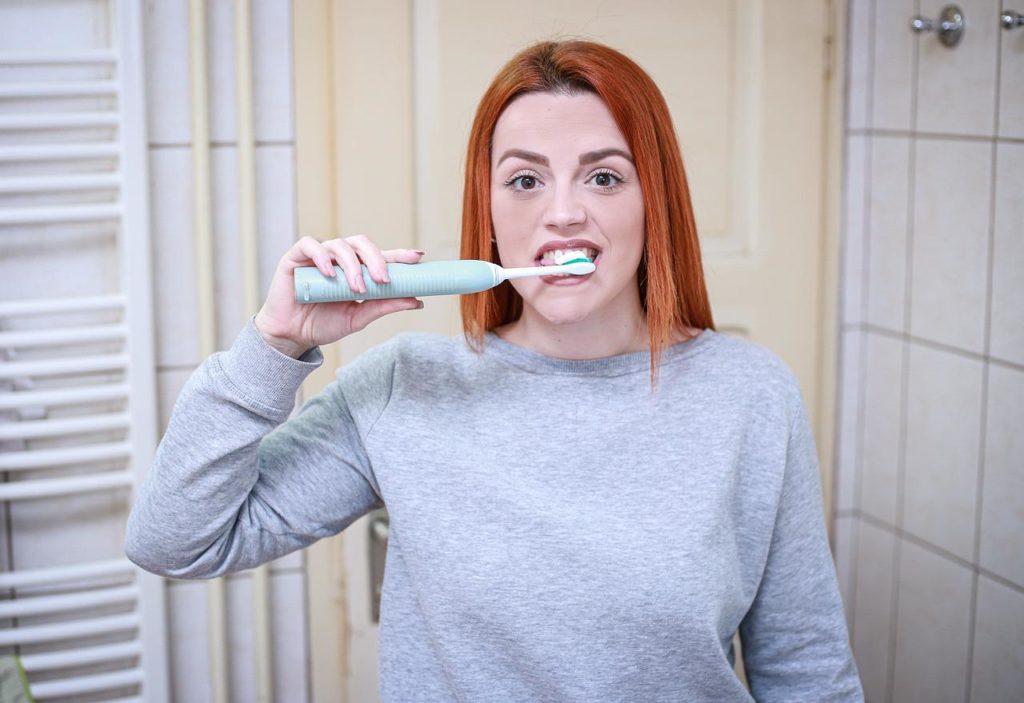
 The first reason is that oral health is essential for overall health. Your mouth is home to billions of bacteria, some of which are harmful. When these harmful bacteria get into your bloodstream, they can cause infections and other serious health problems. That’s why it’s essential to brush and floss your teeth every day to remove plaque, a sticky film of bacteria. When you don’t take care of your teeth, you’re also at risk for gum disease. Gum disease is an infection of the gums that can damage the bone around your teeth. If left untreated, gum disease can lead to tooth loss.
The first reason is that oral health is essential for overall health. Your mouth is home to billions of bacteria, some of which are harmful. When these harmful bacteria get into your bloodstream, they can cause infections and other serious health problems. That’s why it’s essential to brush and floss your teeth every day to remove plaque, a sticky film of bacteria. When you don’t take care of your teeth, you’re also at risk for gum disease. Gum disease is an infection of the gums that can damage the bone around your teeth. If left untreated, gum disease can lead to tooth loss.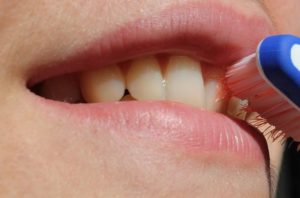 If you have children, it’s essential to set a good example by taking care of your teeth. When you brush and floss regularly, you’re teaching your children the importance of oral hygiene. You’re also more likely to pass on healthy habits to future generations. So, there you have it. These are the top five reasons to take care of your teeth. By following these tips, you can enjoy a lifetime of good oral health.…
If you have children, it’s essential to set a good example by taking care of your teeth. When you brush and floss regularly, you’re teaching your children the importance of oral hygiene. You’re also more likely to pass on healthy habits to future generations. So, there you have it. These are the top five reasons to take care of your teeth. By following these tips, you can enjoy a lifetime of good oral health.…

